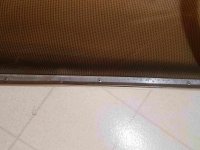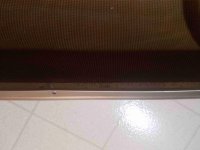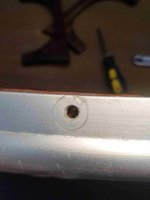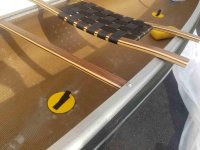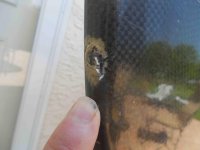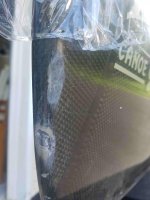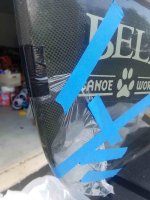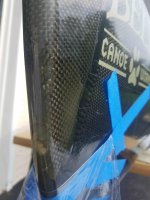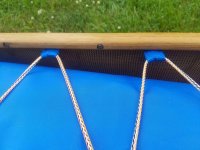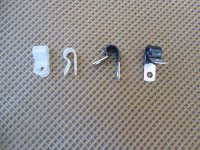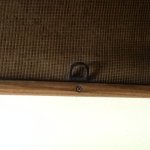G
Guest
Guest
I picked up a 2002 Bell Flashfire in Black Gold a while ago. Judging from the condition of the hull inside and out, she was rarely used.
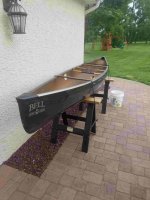
Evidently, it was stored out of the elements , but on the ground or in a damp environment. All the wood needs replacing.
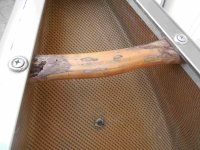
Dry rot.

An animal chewed the thwarts up.
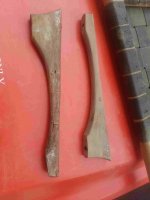
Dry rot drops blues.
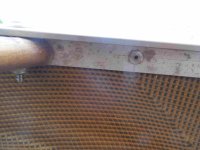
The inner aluminum rails are pitted with white corrosion. The outer rails have that bronze coating and are in cosmetically good shape. I have cleaned them with vinegar but they still show a lot of corrosion.

Evidently, it was stored out of the elements , but on the ground or in a damp environment. All the wood needs replacing.

Dry rot.

An animal chewed the thwarts up.

Dry rot drops blues.

The inner aluminum rails are pitted with white corrosion. The outer rails have that bronze coating and are in cosmetically good shape. I have cleaned them with vinegar but they still show a lot of corrosion.
Last edited:


